Ron is not only a great person and superb teacher but also a yogi through and through - already from childhood on. Moreover, he is a sports physician and, in an impressive way, manages to link the traditional practice system of Ashtanga Yoga with the latest scientific findings from medicine, movement studies and psychology.
I had participated in a number of Ron's anatomy workshops before and was fascinated by his incredible knowledge of the discipline and the inspiring way in which he was able to share it with others. After the first workshop titled "Ausrichtung auf das Lebendige“ [Alignment towards life/the living], there was no doubt in my mind: this was precisely the kind of knowledge I needed to acquire in order to best support my students on their individual yoga paths.
A quantum leap for my own practice
What followed was the first week of the teacher training course - and high time for me to start my own Ashtanga practice. Surprisingly enough, thanks to the modifications Ashtanga Yoga Innovation offers, I was able to practice the entire first series after only a couple of days and by the end of the week I could do it comparatively fluently without having to think a lot about which asana (exercise) or sequence was next.
Then, something even more surprising happened: I continued practicing the first series of Ashtanga Yoga at home – yes, in fact, from this week on, I practiced exclusively Ashtanga. Despite regular yoga practice, it had taken me ten years to create a home practice where I was able to independently roll my mat out and practice several times a week. For three further years, it had been more or less of a struggle because each time I asked myself the question: "What am I going to practice today?" Or: "Which asana should I do next?" All of a sudden, everything was easy. My daily practice became longer, more intensive, more focused and more natural. How was that possible?
Meditation in motion
Ashtanga Yoga is a century-old system of practice. However, it had fallen into oblivion and was revived in 1924 by Krishnamacharya in Mysore, a city in the South of India. His student Sri K. Pattabhi Jois developed Ashtanga Yoga as it is practiced today and brought it to the West. Ashtanga Yoga consists of six different series. For the average mortal yogi, however, the first series is usually sufficient. With regular practice, though, it is still possible to master the second series, which already demands a high level of control, strength and flexibility as well as the necessary physical preconditions. The third and fourth series is practiced by only very few yogis and there is just a handful of people worldwide doing the fifth and sixth series.
Having said that, though, the first series alone – also because of the various modifications developed by Ronald Steiner for Ashtanga Yoga Innovation – offers so many possibilities and options that it never gets boring.
The advantage of a pre-defined, unchanging series consists in the fact that you do no longer have to think about what you're going to practice and what comes next. The only question that might arise is which modifications you want to practice (depending on your physical constitution), up to which point you want to practice (depending on the time available) and which sequences you might leave out in order to continue the series at a later point.
To start with, practicing this kind of series makes it much easier to get on the mat at all. Moreover, your practice gains more ease and continuity - as well as much greater depth. Due to the fact that, from a certain point on, you will know the entire series completely by heart, you will no longer have to think about what comes next. As a next step, you can focus completely on performance, alignement and breath. The sun salutations at the beginning of the series help you to quickly get into a gentle flow. Vinyasas between the individual asanas help you stay warmed-up and in your flow. This flow is likewise supported by the asanas, which are practiced with great precision and always held for five breaths as well as by the transitions from one position to the next which also follow a defined rhythm. As a result, your yoga practice gradually turns into a meditation in motion.
Practicing the Mysore Style
The probably most exceptional aspect of Ashtanga Yoga as shaped by Pattabhi Jois is practice in the so-called Mysore Style. This means that the class is not taught by a teacher in the classical way but that students practice on their own, i.e. following their own rhythm with the modifications and sequences that are right for them. The teacher "only" assists and shows the student new exercises and sequences when they think that the student is ready for them. Moreover, the teacher has an eye on exact alignment, which plays a particularly great role in Ashtanga Yoga Innovation practice. Ronald Steiner uses the term Bandhalign®, the art of alignement via the techniques of bandha, which aim at physical, mental and emotional balance. As a result, a tailor-made, highly individual yoga practice develops, from therapeutic-preventive to athletic-acrobatic. This means that both advanced yogis and newcomers can practice together without any difficulties since everybody practices their own, personal yoga that is adapted to their needs and abilities.
Ashtanga Yoga Innovation at Mattengold
The yoga we're teaching at Mattengold is strongly influenced by Ashtanga Yoga Innovation as taught by Dr. Ronald Steiner; this holds also true for the regular open classes in which we do not practice a pre-defined series and in which the sequence of exercises varies. Thus, we, for instance, practice sun salutations at the beginning of a class (also in modified versions) and vinyasas between the exercises. Likewise, the way in which we practice the standing positions such as Utthita Trikonasana (triangle), Utthita Parsvakonasana (extended side angle) or Prasarita Padottanasana (wide-legged forward bend) is the same as in Ashtanga Yoga.
Since the end of March, we have a first AYInnovation class for advanced practitioners, in which we practice the first series, on Thursdays at 7.30 p.m. If you want to join the class, we recommend that you complete at least six months of regular practice first.
On Thursday, 5 May (Ascension Day), also students with little yoga experience (you should have been on a yoga mat a couple of times before, though), have the opportunity to get a first taste of Ashtanga Yoga. In a two and a half hour-workshop (10:00 – 12:30) we teach you the basics of Ashtanga Yoga Innovation and practice the first series up to (at least) Purvottanasana. Prices: EUR 20,00 with a subscription, EUR 25,00 with a ticket of ten classes or with a trial subscription and EUR 30,00 for everyone else. Registration via anstudio@mattengold.de
Currently, there is no Ashtanga Yoga Innovation Basic Class but we are sure that this will be the next AYI format to be introduced.
If the AYI classes are well received, we plan to offer a Mysore class starting in the fall.
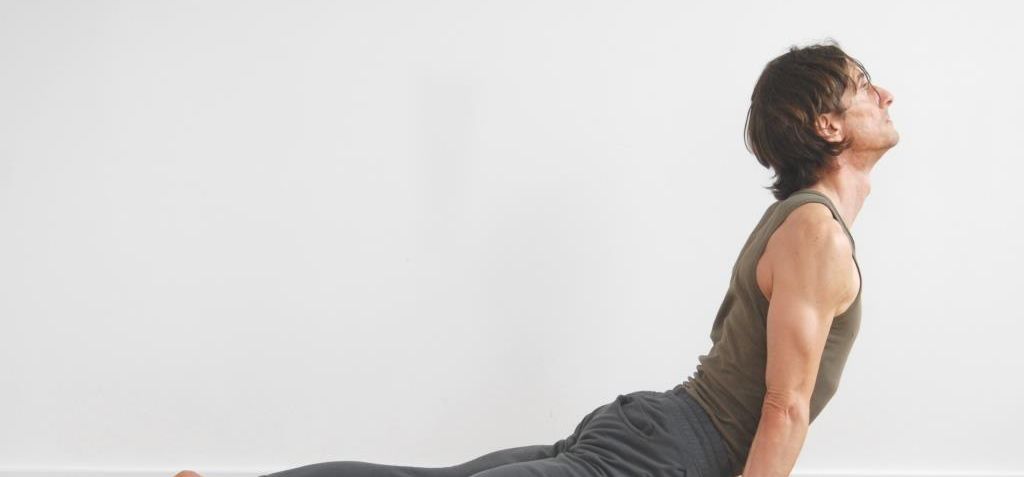


 Ralf Rossnagel
Ralf Rossnagel
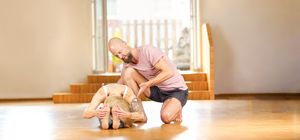
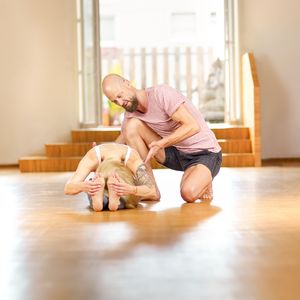
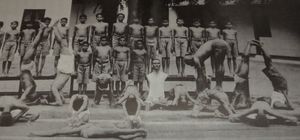
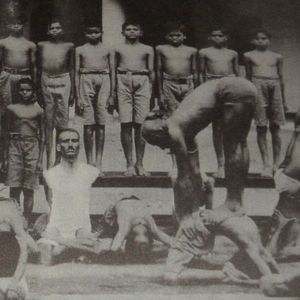
 Dr. Ronald Steiner
Dr. Ronald Steiner

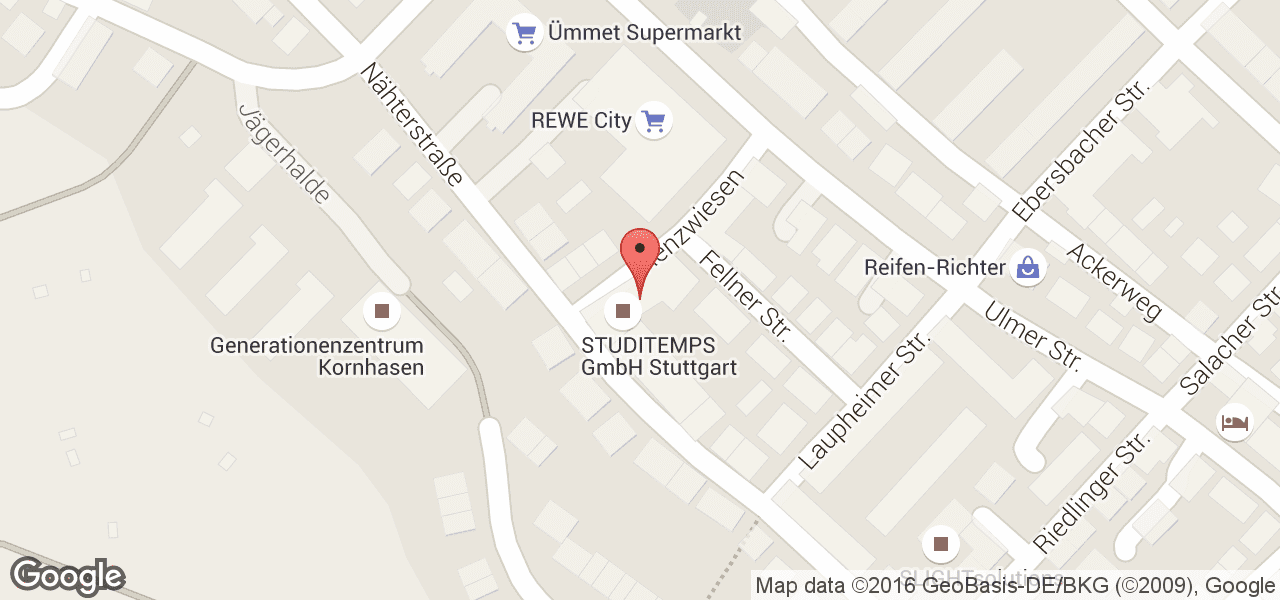
 Ralf Rossnagel
Ralf Rossnagel